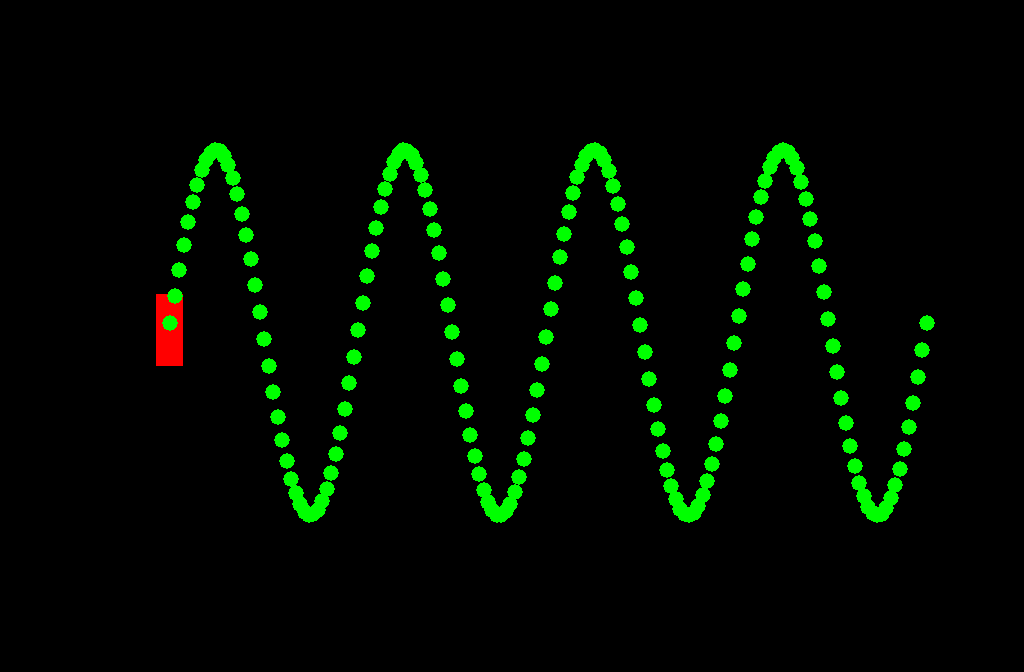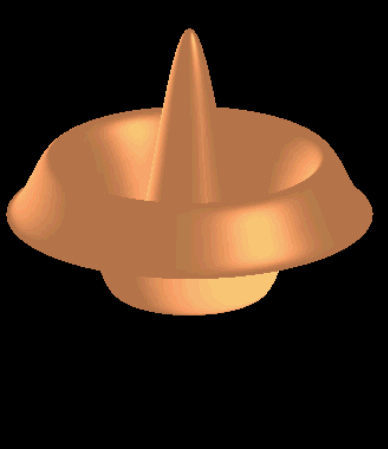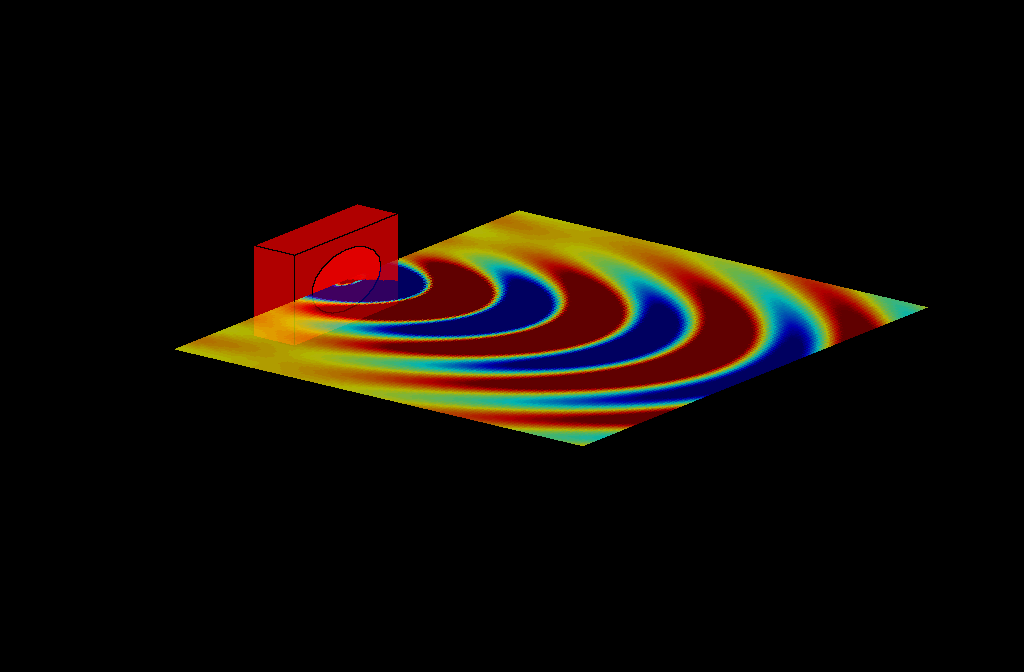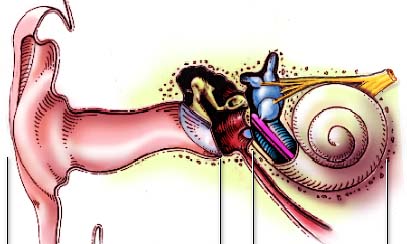|
1.

WAVE BASICS
2.

WAVE INTERACTION
3.

STANDING WAVES
4.

HEARING
SOUNDS
5.

FURTHER
CONCEPTS
6.

LEARN
MORE

UNIVERSITY OF
SOUTHAMPTON
|
|
|
|
 |
HEARING SOUNDS |
| |
|
|
.gif) Sum and Difference Tones Sum and Difference Tones |
| |
The ear consists of three basic parts -
the outer ear, the middle ear, and the inner ear.
Each part of the ear has its own function in order to enable the detection and interpretation
of
sound. The outer ear serves to collect and transmit sound to the middle
ear. The middle ear is able to transform the energy of a sound wave into
the internal vibrations of its bone structure. The vibrations of the bone
structure then produce a longitudinal wave in the
inner ear. The inner ear then transforms the energy of the longitudinal wave
within the inner ear fluid into nerve impulses which can be transmitted to
the brain. The three parts of the ear are shown below.

|
Outer ear
|

|
Inner ear
|
Non-linearity and Distortion
When we drive a loudspeaker with a
fluctuating voltage output by an amplifier, if the voltage is a purely
sinusoidal fluctuation at a single frequency, we hope that the loudspeaker
will produce a sound at the same single frequency. However, most real
loudspeakers are slightly non-linear in their response; the sound
output is not always perfectly directly proportional to the voltage input.
This means that some additional frequency components get produced in the
sound output even when only a single frequency is applied to the
input. This is sometimes called non-linear distortion.
Non-linearity in a hi-fi system produces
unwanted distortion, but for the ear, non-linear behaviour is a critical feature
that enables the large dynamic range of human hearing. The non-linearity
of the ear has been known for over a century, but it was relatively recently
that the primary causes of non-linearity have been identified. The middle
ear is quite linear at normal listening levels. It is the inner ear
non-linearity that produces distortion, which can be heard, and
measured in the ear canal. In fact, the measurement of distortion products
in the ear canal is used as a hearing test for newborn infants and
children, since the distortion products are absent for certain forms of
hearing impairment! But what is a distortion product ?
Distortion (or Intermodulation) Products
If two frequencies,
f1
and f2,
are present in a sound, in principle, the ear non-linearity would produce intermodulation products equal to the sum and difference of the two
frequencies, that is
m f1 ±
n f2, for any whole
numbers m
and n. In particular, it turns out
that a difference tone of 2f1
- f2 is quite audible,
for certain choices of frequencies.
The demonstration below
illustrates this phenomenon. It is simply a constant
sine wave and a downward swept sine wave
on two channels. Nonlinearities in the ear cause the listener to hear an
intermodulation tone when both channels are played at the same time.
As a result, a rising tone is heard. If
you don't notice it at first try increasing the volume of your
loudspeakers.

This technique allows psychoacousticians
to probe the nonlinearities of the ear and to test the healthiness of the
auditory system.
If you click on the blue button above, this should
launch the Windows Media
Player in a separate window.
|
|